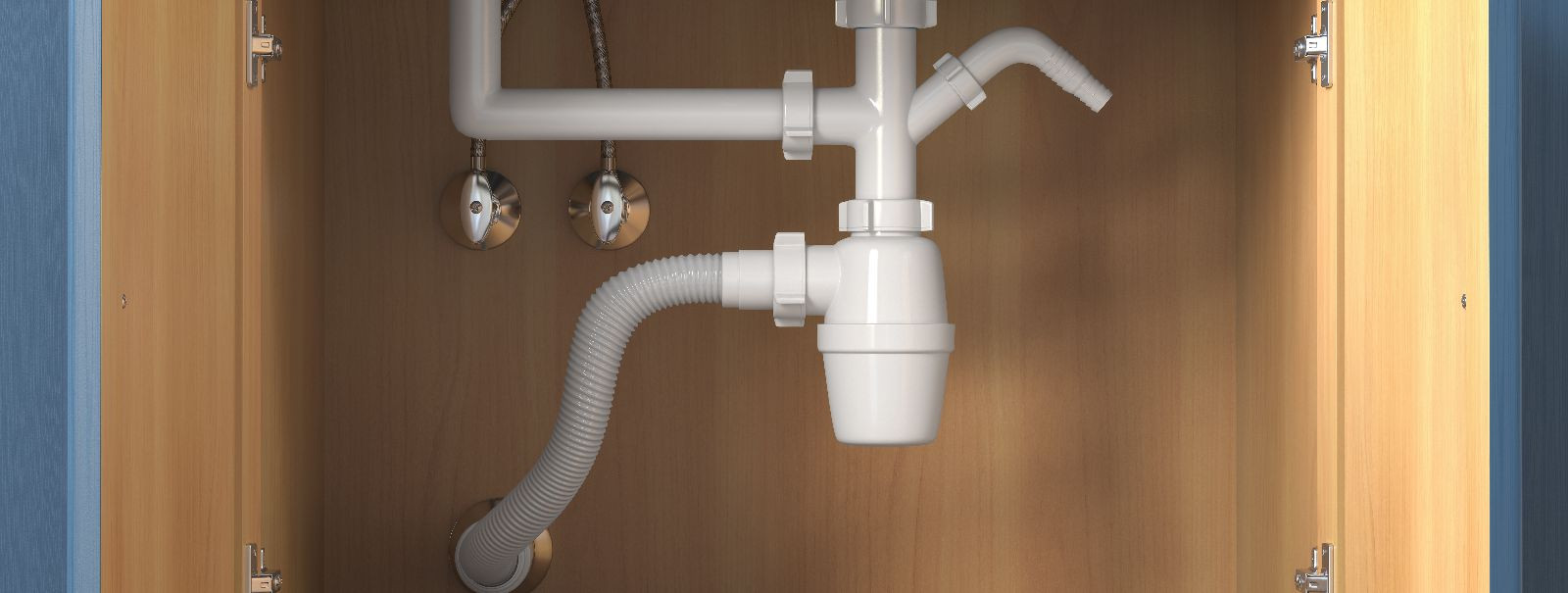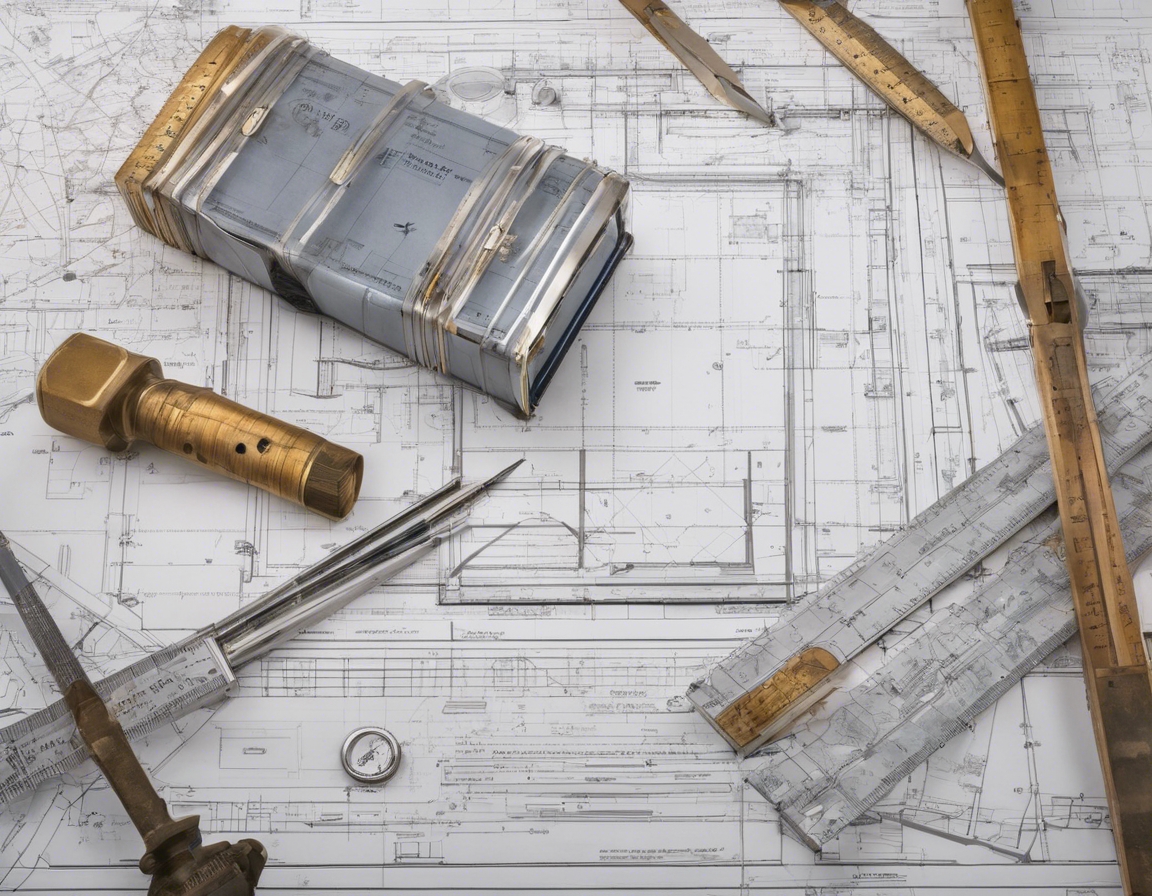Navigating water supply regulations: a comprehensive guide
Compliance with water supply regulations is not just a legal requirement; it's a fundamental aspect of ensuring public health, environmental protection, and the sustainability of water resources. For developers, construction companies, and property owners, understanding and adhering to these regulations is crucial for the success of any project involving water supply and sewerage systems.
Government agencies at the federal, state, and local levels play a pivotal role in setting, monitoring, and enforcing water supply regulations. These agencies are responsible for ensuring that the water supply systems meet the required standards for safety and sustainability.
Key Water Supply Regulations
The SDWA is a key federal law that ensures the quality of Americans' drinking water. Under this act, the Environmental Protection Agency (EPA) sets standards for drinking water quality and oversees the states, localities, and water suppliers who implement these standards.
The CWA is another crucial piece of legislation that regulates the discharge of pollutants into the waters of the United States and sets quality standards for surface waters. Understanding the CWA is essential for any project that may affect water bodies through construction or development activities.
Beyond federal laws, state and local governments may have additional or more stringent regulations that must be followed. These can include building codes, water usage restrictions, and specific guidelines for water treatment and conservation.
Steps for Compliance with Water Supply Regulations
Initial assessments of water supply systems are vital to identify any potential issues that could lead to non-compliance. This involves evaluating the source, quality, and infrastructure of the water supply.
Before embarking on any project, it's essential to obtain the necessary permits and licenses. This process can be complex and time-consuming, but it's a critical step in ensuring regulatory compliance.
Regular monitoring of water quality and infrastructure is required by many regulations. Accurate and timely reporting of this monitoring is also a key component of maintaining compliance.
Challenges in Navigating Water Supply Regulations
The complexity of water supply regulations can be daunting, with numerous laws, standards, and guidelines to consider. This complexity can lead to confusion and potential non-compliance.
Existing technological and infrastructure constraints can pose significant challenges to meeting regulatory requirements, especially for older systems or in areas with limited resources.
Environmental and health considerations are at the forefront of water supply regulations. Projects must not only comply with regulations but also ensure they do not adversely affect the environment or public health.
Best Practices for Managing Regulatory Compliance
Engaging with professional consultants, such as TRIANGULUM OÜ, can provide the expertise needed to navigate the complex landscape of water supply regulations effectively.
Investing in sustainable and innovative solutions can help ensure long-term compliance and reduce the environmental impact of water supply systems.
Regulations can change, and staying informed on these changes is crucial for maintaining compliance. Regularly consulting with experts and attending industry events can help keep you up-to-date.






Comments (0)